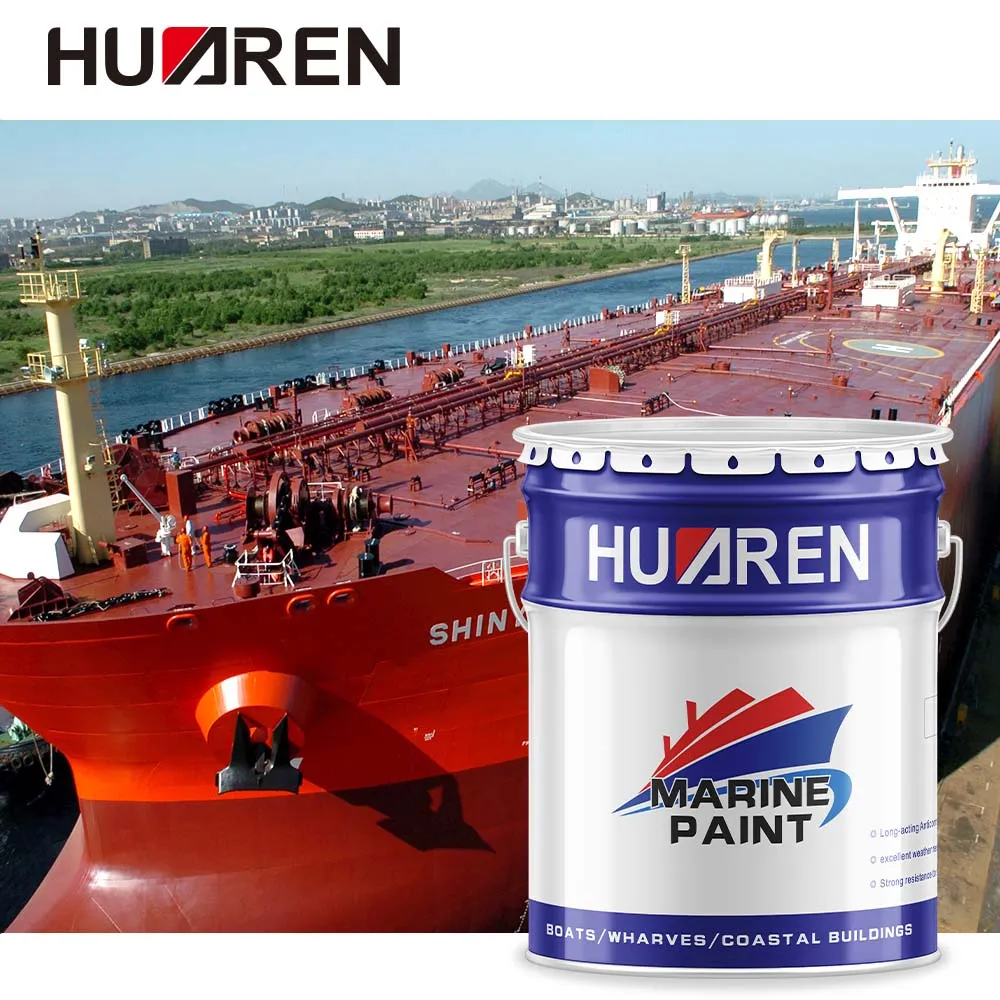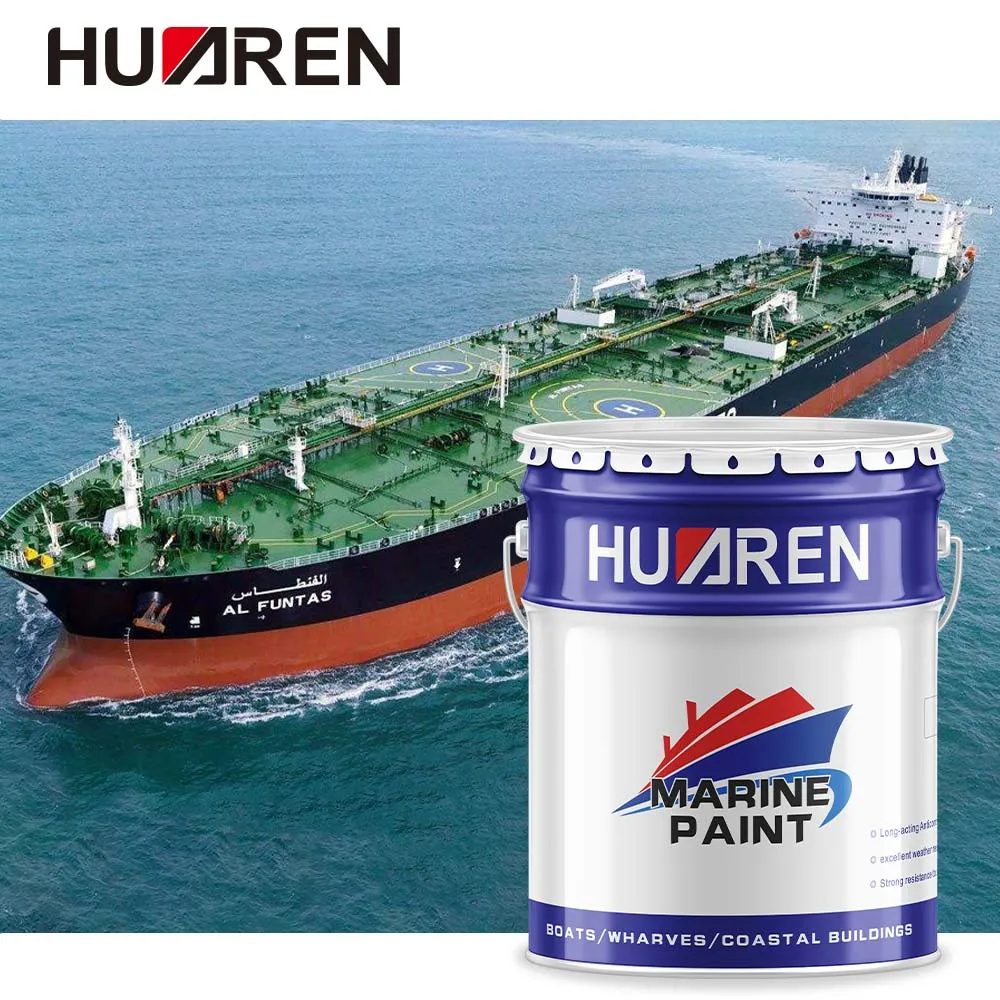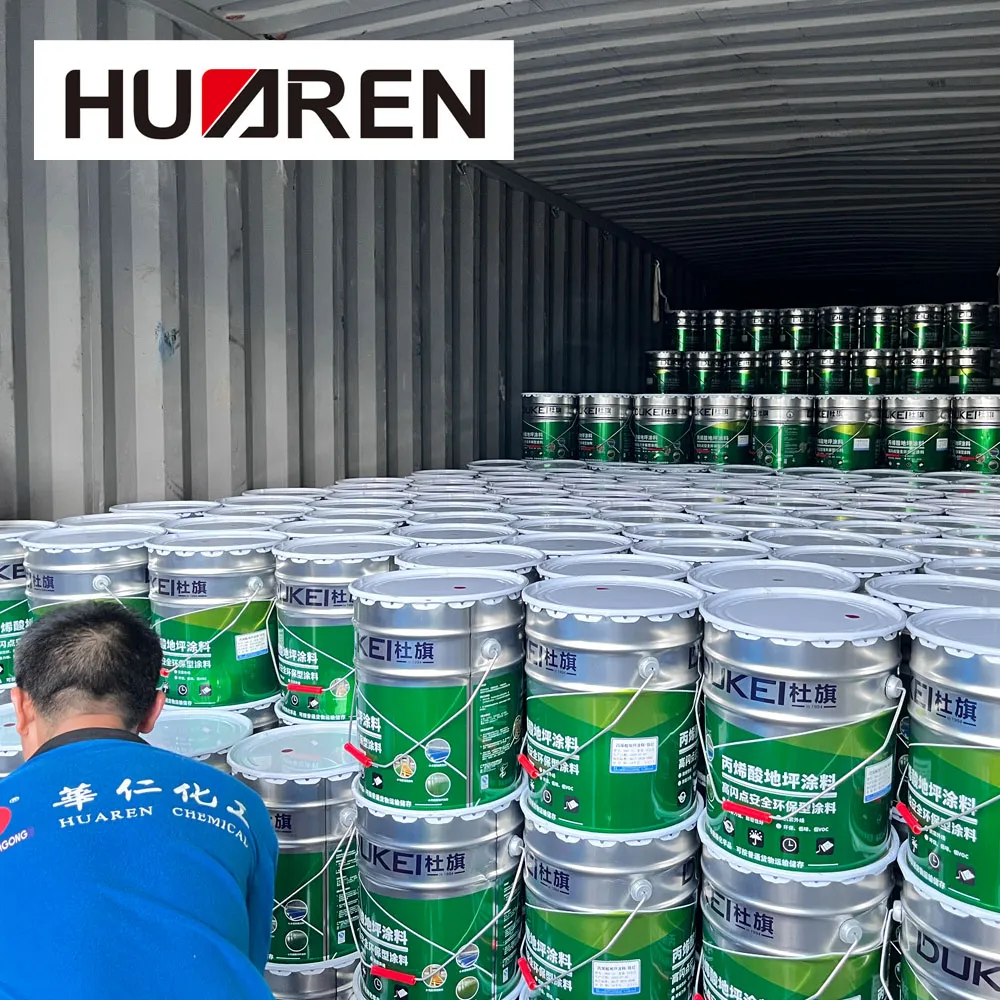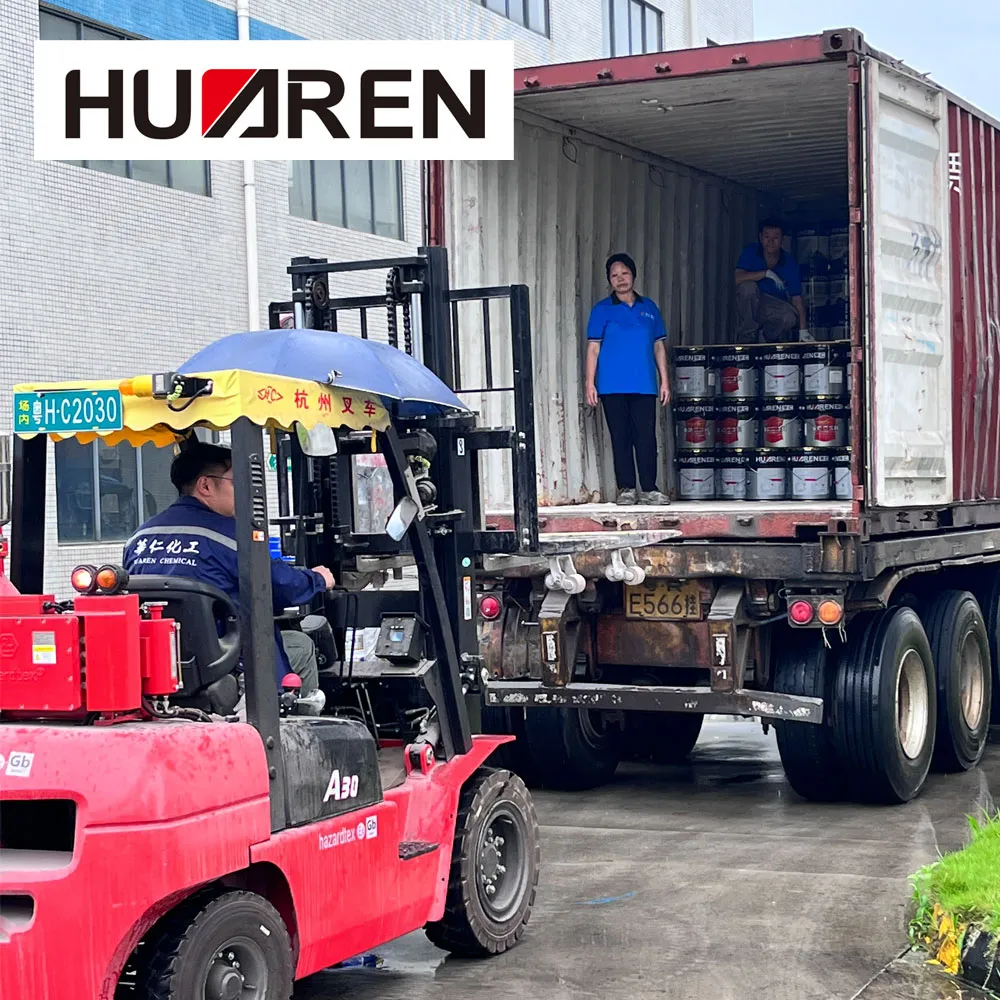In ocean-going shipping, the choice of bottom coating and the frequency of antifouling treatment are two crucial factors. This not only affects the navigation performance of the ship, but also plays a decisive role in fuel efficiency, operating costs and protection of the marine environment. For this reason, shipowners, shipyards and coating manufacturers need to consider both scientific and practical aspects when planning antifouling coatings for ocean-going ships.
This article will answer in detail what type of paint should be used on the bottom of an ocean-going ship and the necessary frequency of antifouling treatment to help readers better understand and apply relevant technologies.

Why should the bottom of an ocean-going ship be painted?
The bottom of a ship is one of the most vulnerable parts of a ship because it is in contact with water for a long time and faces harsh marine environmental conditions. Marine organisms (such as algae and shellfish) easily attach to the bottom of the ship, leading to the following problems:
· Reduced speed: The attachments increase the roughness of the bottom surface, thereby increasing water resistance and reducing navigation efficiency.
· Increased fuel consumption: Increased resistance means that more power is needed to maintain the same speed, which significantly increases fuel consumption.
· Increased corrosion risk: Attachments may promote corrosion of the metal hull and pose a threat to structural safety.
Therefore, the bottom coating of the ship is not only a matter of aesthetics, but also an important guarantee of functionality and economy.

What kind of paint should be used on the bottom of an ocean-going ship?
According to different protection requirements and ship operating conditions, the paints suitable for the bottom of ocean-going ships mainly include the following categories:
1. Antifouling Paint
Antifouling paint is the most common type of paint on the bottom of ocean-going ships. Its main function is to prevent the attachment of marine organisms. Antifouling paint inhibits the growth of attached organisms by slowly releasing biocides (such as copper compounds or other organic active ingredients). The main types include:
· Hard antifouling paint: suitable for high-speed ships, the paint film has high hardness and good wear resistance, but the biocide release rate is low.
· Self-polishing antifouling paint (SPC): suitable for ocean-going ships, the paint film gradually dissolves during operation to maintain a smooth surface, while releasing biocides to prolong the antifouling effect.
2. Epoxy Primer
Epoxy primer is not directly antifouling, but is used as an anti-corrosion base coating. It can provide strong adhesion to the hull and resist the erosion of seawater and chemicals.
· Advantages: Epoxy primer has extremely high corrosion resistance.
· Application: Epoxy primer is usually used as a primer for antifouling paint to protect the substrate.
3. Epoxy Asphalt Paint
Epoxy asphalt paint has a thick film and good anti-corrosion and impact resistance. It is suitable for the bottom of the ship exposed to the marine environment for a long time.
4. Non-Skid Paint
In some special bottom areas (such as dry dock contact points or bottom support areas), non-skid paint can provide additional mechanical protection and adhesion.

What are the selection criteria for antifouling paint?
The following aspects need to be considered when selecting antifouling paint suitable for ocean-going ships:
1. Ship navigation area
Different sea areas have different requirements for bottom paint. For example, marine biofouling is more serious in tropical waters, requiring more efficient biocides, while cold waters can choose coatings with lower release rates.
2. Navigation speed and frequency
High-speed ships (such as container ships and tankers) are more suitable for hard antifouling paints, while ships with low speeds or long mooring times (such as bulk carriers) are more suitable for self-polishing paints.
3. Service life
Most antifouling paints have a validity period of between 3 and 5 years, but this depends on the film thickness, biocide content, and actual operating conditions of the ship.
4. Environmental regulations
Some regions have restrictions on the biocide ingredients in antifouling paints, such as prohibiting the use of paints containing tributyltin (TBT). Therefore, the selection must comply with relevant laws and regulations.

How often is antifouling treatment required?
The frequency of antifouling treatment varies depending on the use of the ship and the performance of the selected coating. The following factors affect the treatment cycle:
1. Service life of the coating
Most antifouling paints are designed for a service life of 3 to 5 years. In practice, if the paint film thickness is sufficient and the ship's operating environment is moderate, it can be extended to 6 to 7 years. However, after exceeding the design life, the antifouling effect will significantly decrease and need to be repainted.
2. Ship operating conditions
For ships that are moored for a long time or have a low frequency of navigation, the biofouling on the bottom of the ship is more serious, so more frequent antifouling treatment is required. On the contrary, for ships with high frequency of navigation, the biofouling is difficult to survive, so the treatment cycle can be extended.
3. Maintenance cycle
In general, the antifouling treatment of ocean-going ships will be carried out simultaneously with regular dry dock maintenance. According to the recommendations of the International Maritime Organization (IMO), ocean-going ships need to be overhauled every 5 years, and the antifouling treatment is mostly completed during this period.
4. Marine environment
In high-salinity and high-temperature waters, biofouling is active, the bottom of the ship is polluted faster, and the antifouling treatment cycle needs to be shortened accordingly; while in cold waters, there is less biofouling on the bottom of the ship, and the cycle can be appropriately extended.
How to extend the service life of antifouling paint?
During construction and use, the following measures can be taken to extend the validity period of antifouling paint:
· Choose high-quality paint: High-performance self-polishing paint or paint containing high-efficiency biocides can maintain the antifouling effect for a longer time.
· Control coating thickness: Reasonable paint film thickness can ensure antifouling performance and avoid waste of materials.
· Surface treatment in place: Dirt and old paint on the bottom of the ship must be thoroughly removed before painting to ensure the adhesion of the new coating.
· Regular cleaning: When dry docking or berthing, using a high-pressure water gun to remove minor attachments can slow down the failure rate of the coating.
Can you provide personalized quotes and customized products?
Absolutely! We offer highly customizable solutions. You can buy coatings tailored to your specifications—such as modified epoxy floor paints, corrosion-resistant primers, waterborne industrial paints, alkyd, acrylic, phenolic, chlorinated rubber, or nitrocellulose varnishes. We are a trusted wholesale supplier delivering factory-direct prices with discounts, promotions, and procurement-friendly quotes.

